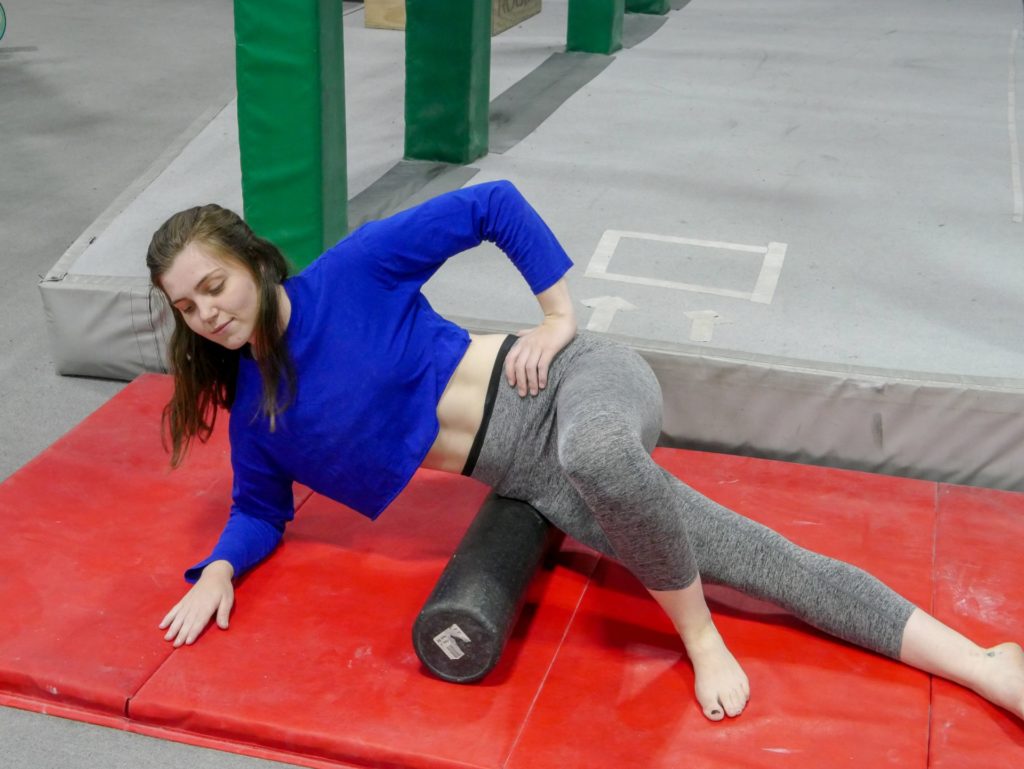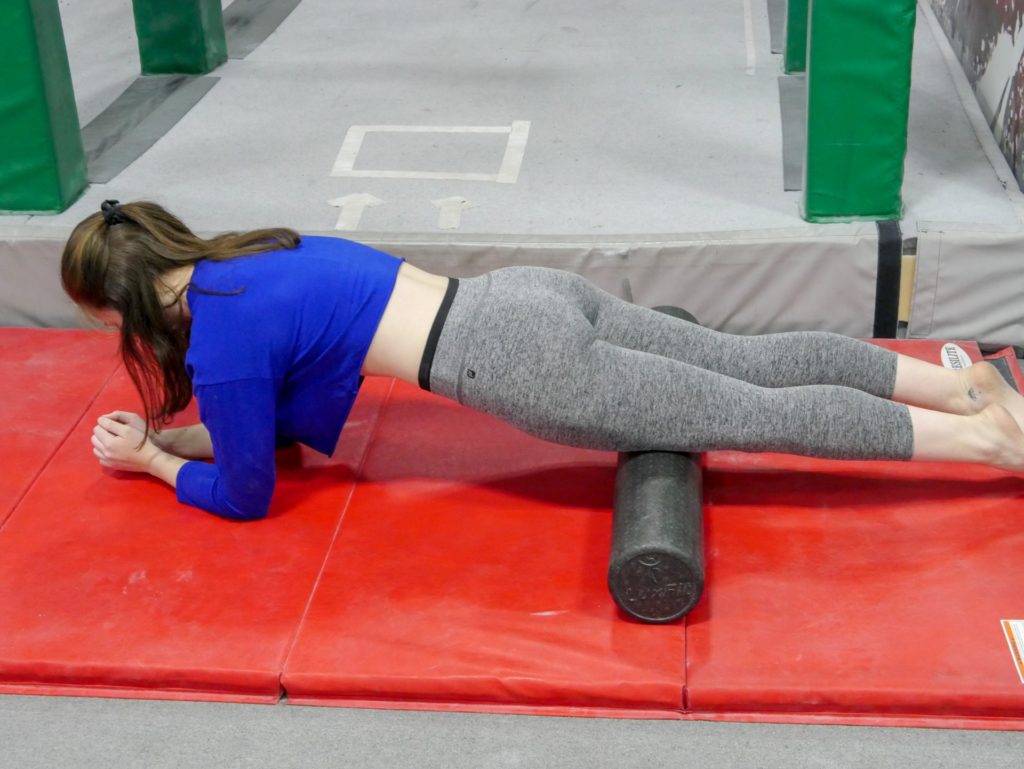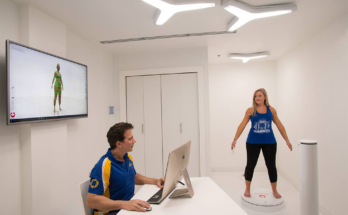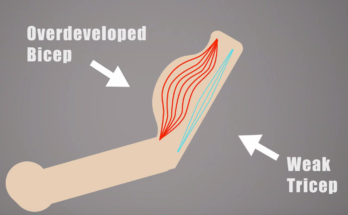
Sports medicine is an evolving science. There are always new techniques, and often these techniques start as anecdotal evidence. We might see that a technique does something, but science has yet to explain its mechanism.
Many modalities are based on old techniques from eastern medicine such as gua sha (Graston technique in western medicine), dry cupping (needling in western medicine), acupuncture, and foam rolling! The idea of foam rolling is kind of like a massage, in that we are applying pressure to a muscle to try and get it to relax.
When we have a muscle imbalance there are muscles on one side of a joint that tend to become overused/overactive. When a muscle is overactive the brain is most likely to use that muscle even if it isn’t the preferred muscle. The idea of foam rolling is to correct this over-activity by reducing the brain signals to this muscle.
So how does foam rolling work?
Several mechanisms have been studied and the theories vary slightly but the general idea remains the same.
There are sensory organs throughout our body. These sensors pick up all kind of information for our brain. There are many sensors in our muscles and tendons that become involved in foam rolling.
The muscle spindle lies along the muscle belly and senses stretch. When our muscle experiences stretch a reflex occurs causing the muscle to contract. This is the stretch reflex. Let’s say you’re thrown a bowling ball, as you receive the bowling ball your muscles need to engage so you don’t drop it. This is the stretch reflex. What we see in overactive muscles is a heightened response from the stretch reflex.
Another sensory organ involved in foam rolling is the Golgi tendon organ. This lies at the junction between the muscle belly and tendon. The Golgi tendon organ senses when a stretch is too great on the muscle and tendon and sends signals to the muscle to release. This is called autogenic inhibition. There are several theories as to the precise mechanism of the GTO. Let’s say you’re thrown a boulder. The boulder would be too heavy to catch without hurting yourself, so your brain tells your arms to let go and drop it.
Sensory receptors
Foam rolling attempts to manipulate the Golgi tendon response, and stimulate other receptors as well. Healthy muscle tissue can withstand a lot of pressure without discomfort. Unhealthy tissue feels tender under pressure, almost like a bruise. We want to target the tender spots when we foam roll.
The problem is when something hurts our body tends to initiate that stretch reflex, contracting the muscle, or guarding. If we are bracing ourselves we aren’t getting the result we are looking for. The more we move around the worse this tends to get. The key is the Golgi tendon response. If we can maintain constant pressure on a muscle, breathing deeply and doing our best to relax, the Golgi tendon response will kick in and BAM you get a release. Everything let’s go like a switch. Initially, this is a new stimulation and it can take minutes to figure out how to get this result.
I always see people taking the roller and moving back and forth all over the place. This generally doesn’t produce the result we are looking for. We need to understand what muscle imbalances we have using assessments. We need to determine which muscles are overactive and target these muscles with this technique.
Helpful Techniques
Two very helpful techniques to use when foam rolling are breathing and contract and release. We don’t want something to hurt so badly that we can’t breathe through it. If it hurts so much you can’t relax you’ll never get that release. Quickly Contracting, or squeezing your muscle, then releasing it is also very helpful to help achieve that release.
Generally when foam rolling we pick one tender spot in an overactive muscle and we breathe deep and contract and release for up to two minutes until the muscle calms down and we get that relief. We also gently articulate the nearby joint. For instance, let’s say we are rolling our quad. Lying prone we pick a tender spot and lay our leg over the roller. We begin to breathe, contract and release. When we get that release and sink into the roller we should gently begin to bring our heel to out butt. If along the way we tense up again we can pause and take a deep breath, contract and release, calm it down and continue.

Next, we move the roller to another spot on the quad and repeat. We might do this for several spots. Eventually, you will be able to bring your heel to your but without pain and without tensing up. The results are cumulative and over time we will be able to achieve this release more quickly. Releasing an under-active and weakened muscle can make problems worse so it’s important to understand what you are doing.



